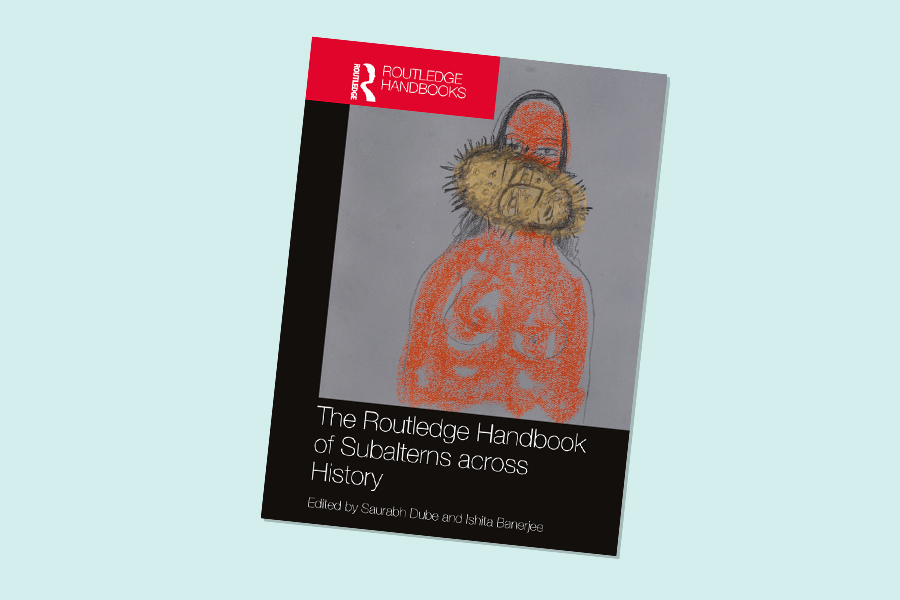
Caste in India is experienced and resisted through the sensorial politics of odours, reflecting and challenging social hierarchies.
Author
Shivani Kapoor, Centre for Writing Studies, O. P. Jindal Global University, Sonipat, Haryana, India
Summary
Examining two short stories centred on the relationship between odours and caste in contemporary India, this chapter will discuss how the discourse of caste and the resistance to it are mediated through a politics which is deeply sensorial in nature. Odours are a bio-social phenomenon, often laden with meanings, values, and hierarchies. This is especially true in deeply stratified and violent discourses like caste, where the sensory management of bodies, objects, and spaces is often the predominant method through which caste is experienced and invoked. The smells of caste are thus indicative of how caste manifests and also how it is often resisted. This chapter deals with two such narratives of reproduction of and resistance to caste in order to open up the idea of subaltern politics against caste to a sensorial discourse.
Published in: The Routledge Handbook of Subalterns across History
To read the full chapter, please click here.

